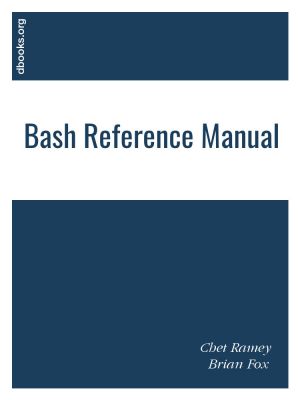Bash Reference Manual
Reference Documentation for Bash 5.1
by Chet Ramey, Brian Fox
DescriptionTable of ContentsDetailsHashtagsReport an issue
Bash is largely compatible withshand incorporates useful features from the Korn shellkshand the C shellcsh. It is intended to be a conformant implementation of theieeeposixShell and Tools portion of theieee posixspecification (ieeeStandard 1003.1). Itoffers functional improvements overshfor both interactive and programming use.
While thegnuoperating system provides other shells, including a version ofcsh, Bashis the default shell. Like othergnusoftware, Bash is quite portable. It currently runs onnearly every version of Unix and a few other operating systems−independently-supportedports exist forms-dos,os/2, and Windows platforms. 





Book Description
Bash is the shell, or command language interpreter, for thegnuoperating system. Thename is an acronym for the 'Bourne-Again SHell', a pun on Stephen Bourne, the authorof the direct ancestor of the current Unix shellsh, which appeared in the Seventh Edition Bell Labs Research version of Unix.Bash is largely compatible withshand incorporates useful features from the Korn shellkshand the C shellcsh. It is intended to be a conformant implementation of theieeeposixShell and Tools portion of theieee posixspecification (ieeeStandard 1003.1). Itoffers functional improvements overshfor both interactive and programming use.
While thegnuoperating system provides other shells, including a version ofcsh, Bashis the default shell. Like othergnusoftware, Bash is quite portable. It currently runs onnearly every version of Unix and a few other operating systems−independently-supportedports exist forms-dos,os/2, and Windows platforms.
This open book is licensed under a GNU Free Documentation License (GNU FDL). You can download Bash Reference Manual ebook for free in PDF format (1.1 MB).
Table of Contents
Chapter 1
Introduction
Chapter 2
Definitions
Chapter 3
Basic Shell Features
Chapter 4
Shell Builtin Commands
Chapter 5
Shell Variables
Chapter 6
Bash Features
Chapter 7
Job Control
Chapter 8
Command Line Editing
Chapter 9
Using History Interactively
Chapter 10
Installing Bash
Book Details
Title
Bash Reference Manual
Subject
Computer Science
Publisher
Free Software Foundation
Published
2020
Pages
190
Edition
1
Language
English
PDF Size
1.1 MB
License
GNU FDL
Related Books
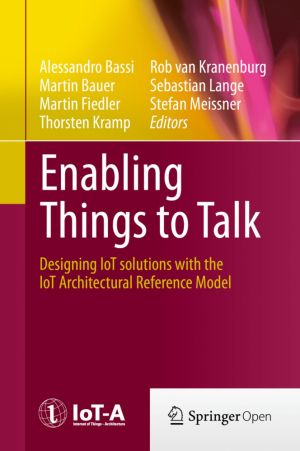
The Internet of Things (IoT) is an emerging network superstructure that will connect physical resources and actual users. It will support an ecosystem of smart applications and services bringing hyper-connectivity to our society by using augmented and rich interfaces. Whereas in the beginning IoT referred to the advent of barcodes and Radio Freque...
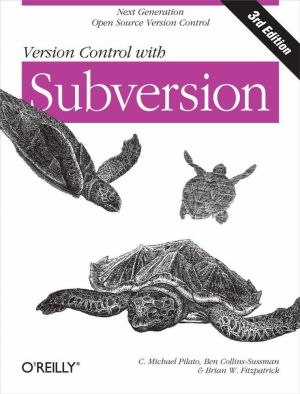
Written by members of the development team that maintains Subversion, this is the official guide and reference manual for the popular open source revision control technology. The new edition covers Subversion 1.7 with a complete introduction and guided tour of its capabilities, along with best practice recommendations.
Version Control with Subve...
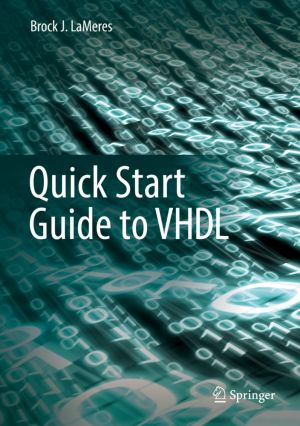
This book provides a starter's guide to VHDL. This book can be used in conjunction with a one-semester course in Digital Systems Design or on its own for designers who only need an introduction to the language. This book is designed to provide a bottoms-up approach to learning the VHDL language. This design supports a course in which foundatio...
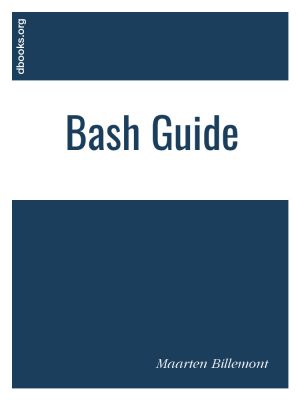
This guide aims to aid people interested in learning to work with BASH. It aspires to teach good practice techniques for using BASH, and writing simple scripts.
This guide is targeted at beginning users. It assumes no advanced knowledge - just the ability to login to a Unix-like system and open a command-line (terminal) interface. It will help i...

This book provides new methodological and theoretical insights into temporal reference and its linguistic expression, from a cross-linguistic experimental corpus pragmatics approach. Verbal tenses, in general, and more specifically the categories of tense, grammatical and lexical aspect are treated as cohesion ties contributing to the temporal cohe...
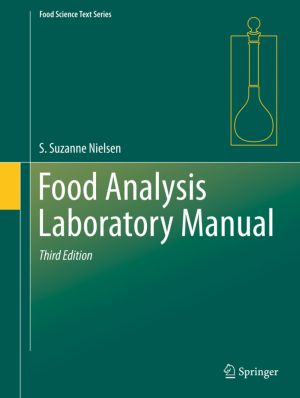
This third edition laboratory manual was written to accompany Food Analysis, Fifth Edition, by the same author. New to this third edition of the laboratory manual are four introductory chapters that complement both the textbook chapters and the laboratory exercises. The 24 laboratory exercises in the manual cover 21 of the 35 chapters in the textbo...

